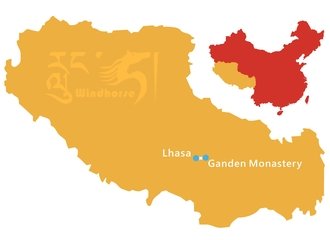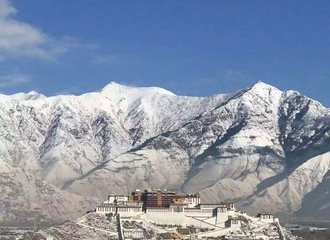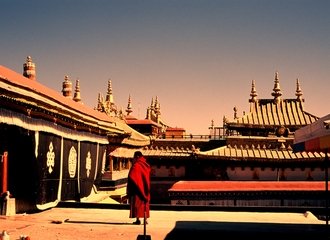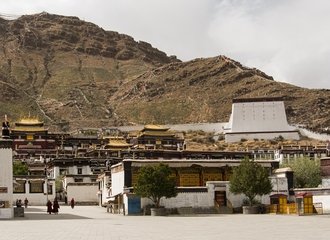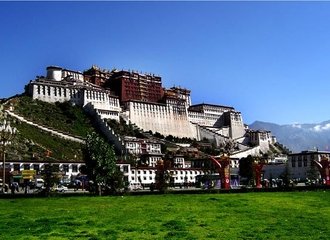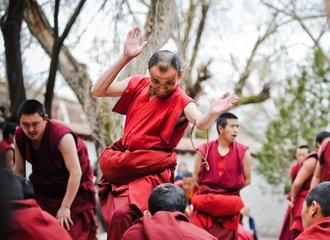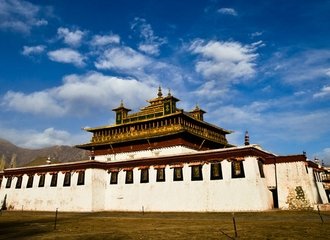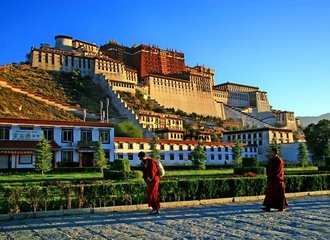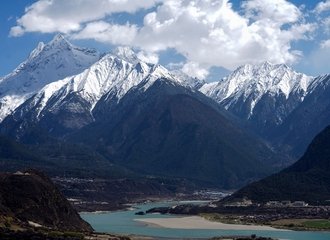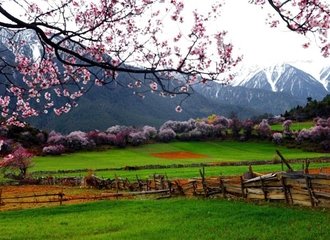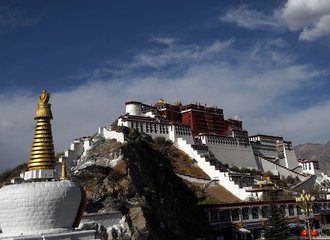Transportation in China - How to Get to and around China
China, an ancient civilization with a long history and unique tourism resources, owns world-class and national-level tourism resources spread all over the country. As a country with a vast territory, travelers may wonder how to travel around this immense country. Actually, transport in China is not as complicated as you may think. With the prosperity of the national economy and tourism, China has increased its investment in transportation to improve the basic conditions of transportation and has formed a very comprehensive transportation network with air, railway, highway, and waterway, as well as urban transportation, making global tourists easier to tour China.
When traveling in China, tourists can choose to take flight, ordinary train, high-speed train, long-distance bus, etc to travel between cities. While for the urban area of the cities, especially the big cities, such as Beijing, Shanghai, Hongkong, Chengdu, Nanjing, etc., public buses, taxis, bicycles, and metros are available for tourists to take. With lots of options, you may question what is the best way to travel. Whether taking a flight or high-speed train, public bus, or metro, it really depends on your timetable and budget. Once you clearly know what you’re looking for, transportation in China can be pretty easy. Please follow the below tips to get some inspiration for different modes of transportation.

Air travel in China
The transportation mode of air travel has an absolute monopoly in long-distance international and domestic travel, as of its advantage of fast, comfortable, safe, and flexibility. With the opening of many international air routes, it is easier for overseas tourists to travel to China from America, Europe, Oceania, not even to say - Asia. Hongkong, Beijing, Shanghai, and Guangzhou are the main international ports in China. Domestic flight networks are efficient in China, especially among big cities. For example, the flights between Beijing and Shanghai are available every half hour. Nearly all of the middle-size cities have airports.
To book the international flight tickets, it is advised that you purchase the tickets as early as possible, especially during peak seasons (Labor Day Holiday May 1-5, National Day Holiday Oct 1-7, and the Spring Festival Period - normally lasts 1 week in Jan./Feb./Mar.). For domestic flight tickets, we suggest you book the tickets 1-2 months before you take the flight, normally at that time the airline companies would publish some discounts on the tickets.
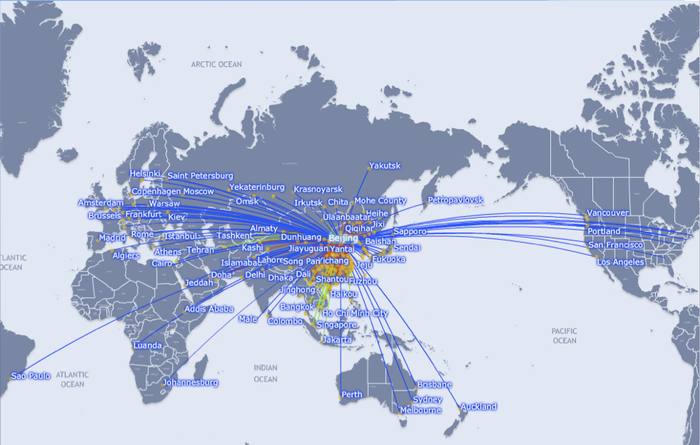

Travel by train in China
The train is one of the most important modes of transportation when traveling inside China. Travel by train in China is an enjoyable, relaxing, and inexpensive way to see China's countryside and meet local people. The Chinese train network is the busiest in the world as it is not only tourists’ choice for their long-distance travel in China, but also a favorite for Chinese people. Hence, it is highly recommended to book your train tickets in advance, especially during the public holidays. Usually, the train tickets are open to purchasing about 30 days in advance and can be purchased at the train stations, ticket sales offices, the official website (Chinese version only), and the agency websites by using your passport. If traveling to Tibet, your Tibet permit is also required to present.
New and modernized equipment has replaced the old train systems in most areas. In recent years, high-speed railways have developed dramatically in China, other than Tibet, all provinces in China have been connected by high-speed trains, which makes travel easier and quicker. Compared to flights, high-speed trains usually have a more competitive price and are more punctual. As of August 2020, China's railway operating mileage has reached 141,400 kilometers covering most cities of China, of which 36,000 kilometers of high-speed railway, ranking first in the world.
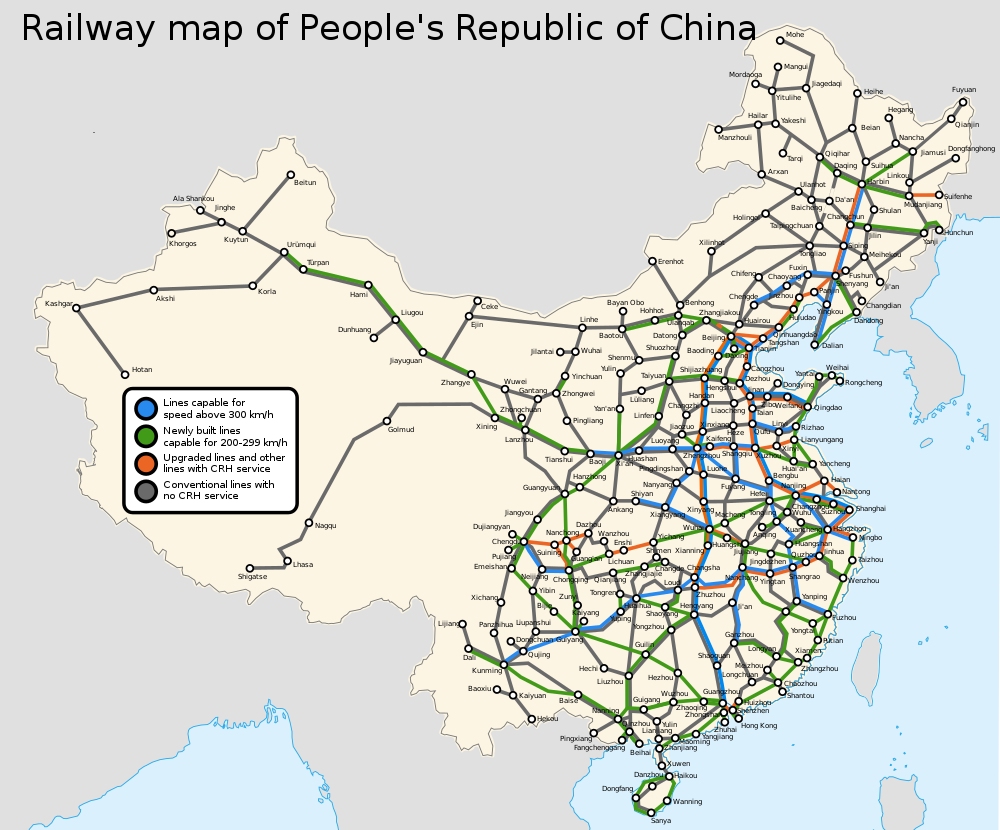

5 main categories of domestic trains
High-speed trains (also G trains, D trains, and C trains): The latest and most modern train in China. At the speed of 250 - 480KM/H, taking high-speed trains in China is time-saving and incredibly efficient. With air-conditioning and comfortable seats, we would highly recommend the high-speed trains for an excellent experience.
Special express trains (Z trains and T trains): There are 2 types of trains at the speed of 160KM/H with air-conditioning and clean cabins. One is “Z” trains, which means direct trains with few stops, generally only starting and terminal stations, and the stations near them. The other is “T” trains which generally only stop in provincial capitals or large local cities on the trip.
Express trains (K trains): The largest type of passenger train in mainland China currently is with air-conditioning and clean cabins and can reach the speed of 120KM/H. Such trains generally stop at prefecture-level centers or important county-level centers during the journey.
Tourist trains (Y trains): Tourist trains are generally used for tourism in the province with air-conditioning and clean cabins, initiating with “Y” as its serial number. The speed can reach 120KM/H.
Normal passenger trains: Trains with no letters and only four digits. 1001 to 5999 are ordinary fast trains, and above 6001 are local trains that stop at all or most stations along the way.
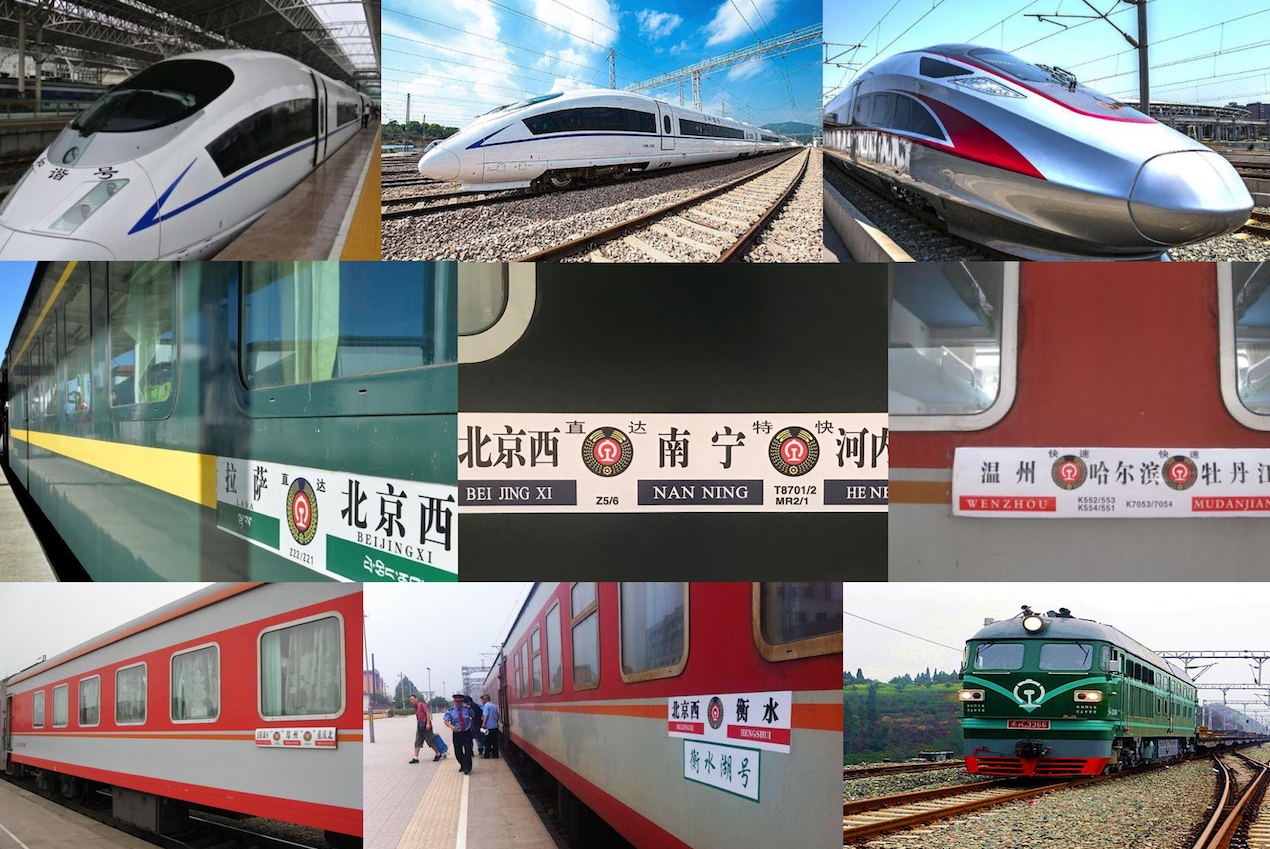

Classes of seating on the trains
Usually, the seats in the high-speed trains usually can be divided into business class seats, VIP class seats, first-class seats, second class seats, and soft sleepers. And the remaining trains mainly have 3 classes of seating in those trains including hard seats, hard sleepers, and soft sleepers, some even have soft seats and deluxe soft sleepers. However, please note that not every kind of seat is included on every train.
1. Seats in the high-speed trains (listed from the highest class to the lowest)
- Business-class seat: Three seats in each row, the space is extra spacious, and the seats can be adjusted to a 180-degree lying state, which is comparable to a first-class seat on an airplane.
- Special-class seat: The early production of 350KM EMU (except CRH2C). Three seats in each row, the seats can be adjusted to a 180-degree lying state, only in the front of some trains.
- First-class seat: Four seats in each row, the seat can be rotated and their backrest can be adjusted.
- Second-class seat: Five seats in each row, the seat can be rotated and each seat’s backrest angle can be adjusted, but you need to double-check if it will trouble the passengers behind.
- Soft sleeper: Some high-speed trains that operate at night also provide sleepers, which are more expensive than second-class seats. Sometimes, these trains sell tickets with sleeping berths instead of seats.
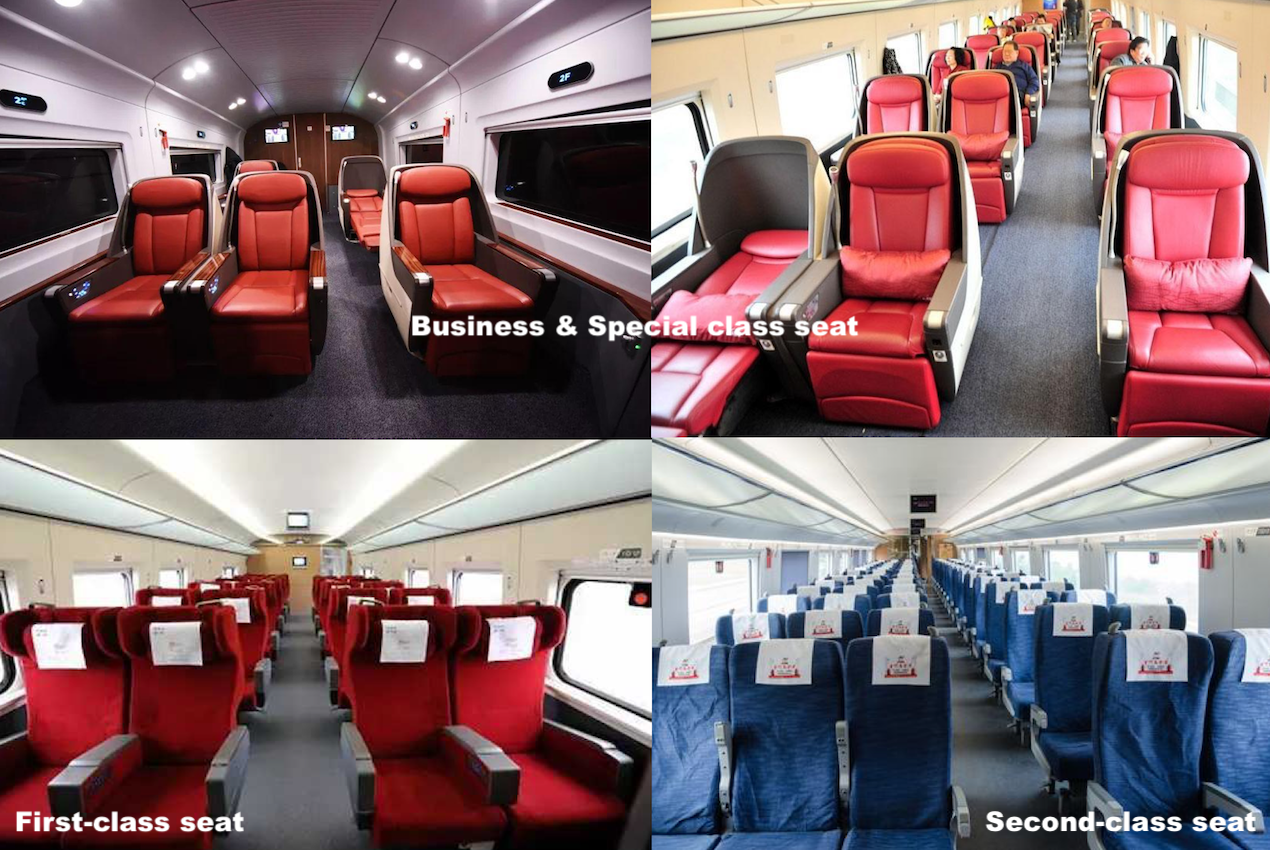
2. Seats in the 4 remaining category trains (except for the high-speed trains)
- Deluxe Soft Sleeper: Each cabin has two beds, with a table, sofa, closet, and private toilet. Its toilet facilities are comparatively clean. Some deluxe soft sleeper cabins include an in-room sink and a shower cubicle. Only available on some trains.
- Soft sleeper: The top-class in most trains except high-speed trains. Each compartment is enclosed by a door, and contains four bunks, with two to aside. The bunks are wider and more comfortable, and there is an LCD TV for each bunk. Air-conditioning is available, and the washroom is clean. Smoking is not permitted in the coach, but you can smoke in the corridor between carriages. It is advisable to buy soft-sleeper tickets for overnight and long-distance travel.
- Hard sleeper: In the hard sleeper cabin, six bunks are arranged, with three tiers of bunks (upper/middle/lower) on both sides. There is a small difference in price between the bunks, with the upper bunk being the cheapest and the lower bunk the most expensive. A pillow and a sheet are provided for each bunk. There is a small TV hanging in each compartment. Air conditioning is available, and the washroom is tolerably clean. Smoking is not permitted in the coach, but you can smoke in the corridor between carriages. Normally a hard sleeper is a bit narrow for westerners.
- Soft seat: Arranged in booths, with overhead luggage compartments and air-conditioning, it is slightly more comfortable than hard seats. To be cleaner and less crowded than hard seat carriages, it is considered to be a good option for travelers on a tight budget.
- Hard seat: The lowest class and the cheapest option, and are usually overcrowded. Though the seats are actually thinly padded, you could hardly sleep on the upright seats. Smoking is permitted here, and you would never want to visit the toilet. It is usually not advised to buy hard-seat tickets when there are other options available.
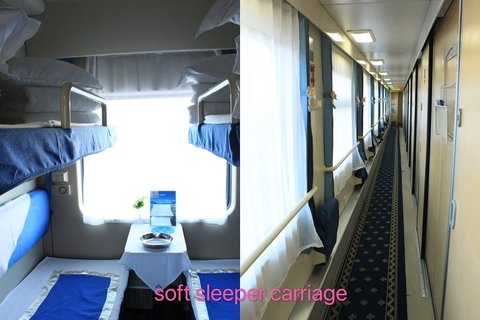
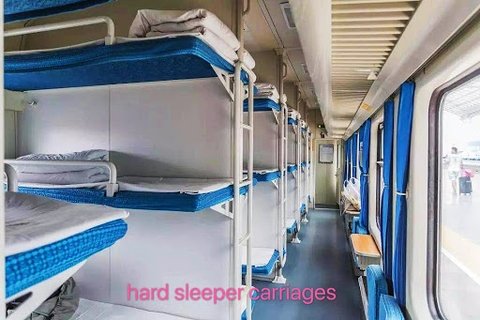

Travel by highway and expressway in China
In China, road construction has been a big project, in the past years, countless highways were built all over its country, and now building safer more quality, and convenient expressways has become the key in China’s road construction. The expressways greatly shorten the driving hour. As of 2019, the total mileage of highways in China has reached 4,846,500 kilometers and expressways have reached 142,600 kilometers, ranking first in the world.
At present, in the provinces of China, their capitals are the centers of highway and expressway passenger transport, with shuttle buses running to their cities, counties, and towns. The shuttle buses are of good quality, usually with air conditioning, and the bus tickets can be bought upon your arrival at the bus station. If traveling to places with a short distance, traveling by bus/car can be more convenient and fast. However, for long-distance travel, it's more comfortable to take a flight or high-speed train. But if traveling to remote areas with breathtaking scenery, such as Tibet Autonomous Region, Western Sichuan Tibetan Kham area, Gannan Tibetan Autonomous Prefecture, etc., it is necessary to travel by buses or cars as it might be the only option.
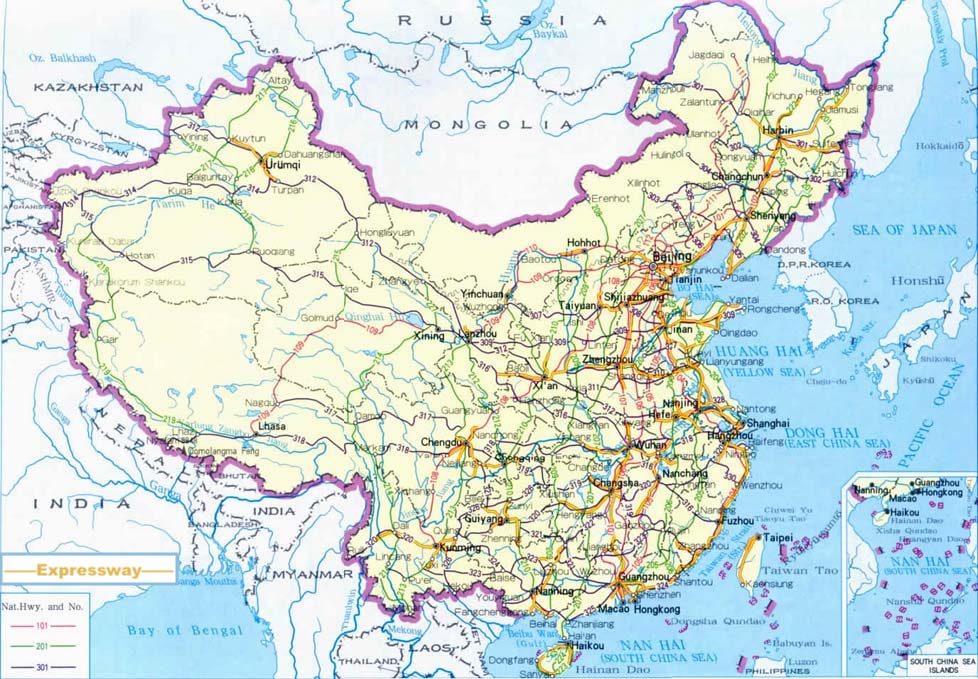

Travel by waterway in China
China is also one of the maritime countries in the world, with a long coastline (more than 18,000 kilometers of mainland coastline, more than 14,000 kilometers of island coastline) and numerous harbors, especially the estuary of a large river that traverses east and west, which is extremely conducive to the establishment of economically valuable estuaries. At present, China has opened more than 90 ocean-going routes to more than 600 ports in more than 150 countries and regions in Asia, Africa, Europe, America, and Oceania. Most of these routes start from ports such as Shanghai, Dalian, Tianjin, Qinhuangdao, Guangzhou, and Zhanjiang. If sufficient in time, tourists can choose to travel to China by cruise.
China has more than 5,800 natural rivers of various sizes with a total length of more than 400,000 kilometers. In addition, there are more than 900 large and small lakes navigable (excluding Taiwan Province). As of 2015, the navigable mileage of the inland waterways is more than 127,000 kilometers. The main navigable rivers are the Yangtze River, Pearl River, Amur River, Songhua River, Yellow River, Jing-Hang Grand Canal, etc. Taking a cruise to sail through one of these rivers is a wonderful experience to enjoy the beauty of China leisurely. And the best-known inland waterways include the Shanghai-Chongqing navigational line along the Yangtze River extending for 2,399 kilometers, particularly the section of the Yangtze River between Chongqing and Yichang, the 146.6km Suzhou-Hangzhou section of the Grand Canal, and the 83km-long Guilin-Yangshuo route.
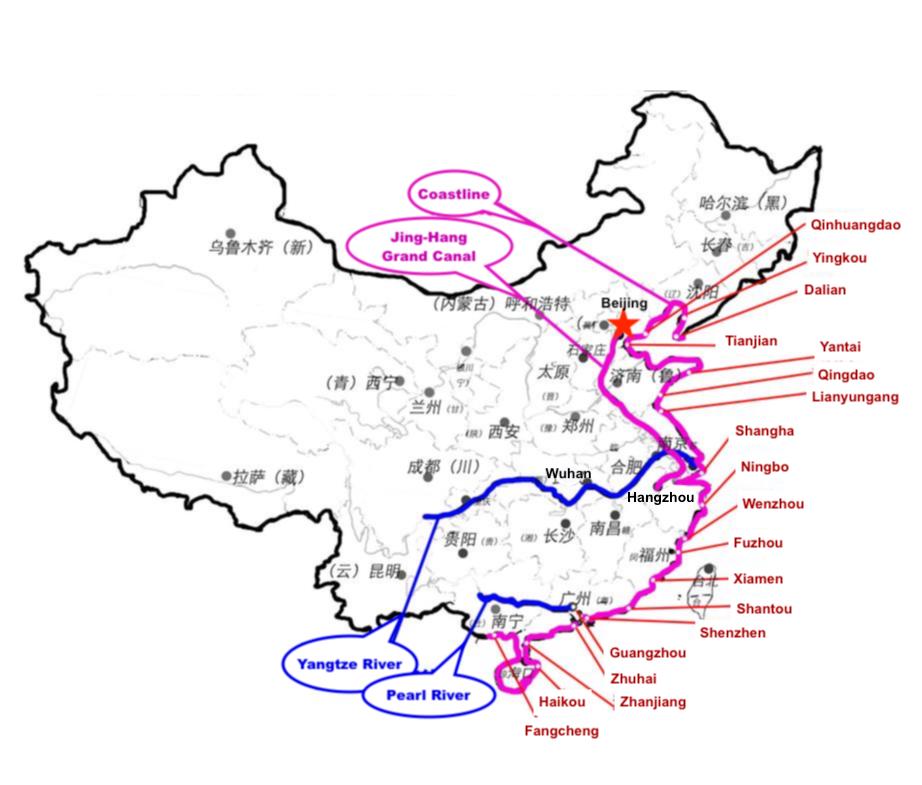

Urban transportation in China
Subway
Taking the subway should be the most convenient and easiest way for overseas travelers while traveling in the cities of China due to its high efficiency, comfort, and punctuality, in addition, it seems to be more friendly for an international traveler as the ticket-vending machines and voice announcers in each metro line are both in English and in Chinese. At present, 33 cities with huge populations, such as Beijing, Shanghai, Guangzhou, Chengdu, Chongqing, Xi’an, Suzhou, Hangzhou, etc. in mainland China have opened subways, and of which 13 cities have subways operating over 100 kilometers. In most cities, subway fares are charged by mileage. The starting price is generally CN¥ 2-3, the starting mileage ranges from 4-6 kilometers, after the distance is calculated, the farther you sit, the lower the unit price.
Taxi
Taking a taxi is another convenient and easy way to travel around the cities of China, as reliable taxi services with good service are available in almost all cities and counties, besides, taxis are everywhere at any time of the day and night. Usually, the fare of taking taxis is charged by meters, with a starting price of CN¥ 5-16 for fixed kilometers in different cities. And the price of your taxi riding is able to be seen on the meter. But it’s better to avoid traveling in the rush hours usually between 7-9 am and 5-7 pm as it is very possible for you to get stuck in traffic jams in the big cities.
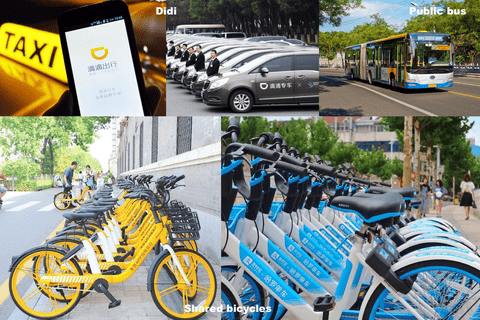
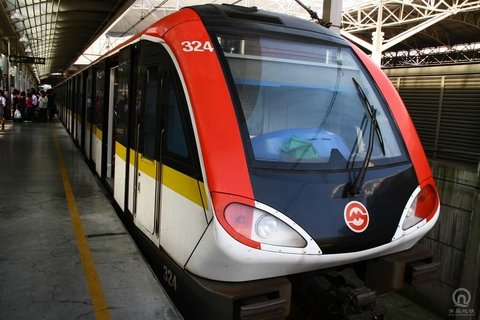
DiDi
DiDi in China is like Uber in Europe and America. It is more expensive than taking the subway or public bus, but cheaper than taking a taxi or Uber. Very popular in China, Didi can be used in most Chinese cities. But one thing to note is that because foreign tourists do not have "Alipay" and "WeChat", they must have a credit card if they want to use Didi Travel, and make sure that this credit card can be accepted by Didi.
Public buses
With a mature urban public transportation system and numerous buses, public bus is one of the most commonly used and cheapest transportation modes in the cities, but it needs a little patience and ingenuity, as almost everything is in Chinese, however, this defeat can be solved if you have a map with the names of the streets in Chinese and English. The public buses can take you to various tourist attractions that you plan to go to. Besides, the condition of the public buses presently has been greatly improved with air-conditioning, and more comfort and cleanness. The fare is usually CN¥ 2-4.
Bicycles
Riding a bicycle is one of the best ways to enjoy the beauty and discover the uniqueness of the cities. In China, almost all the cities, whether it is big or small, offer various types of bikes, especially the shared bikes from different suppliers, such as Mobike, Hellobike, etc., for tourists to rent. It is easy for tourists to rent and pay the fare. Scanning the QR code on the back which will help you to download the APP first, then unlock the bike to start your interesting journey. Usually, the fare to rent a shared bicycle is about CN¥ 1-2 per 30 minutes, if you are an Alipay or WeChat user, you can easily pay the fare by Alipay and Wechat after use.
Want to know more detailed information about China transportation, and transportation to travel in China? Please don’t hesitate to contact us directly.


